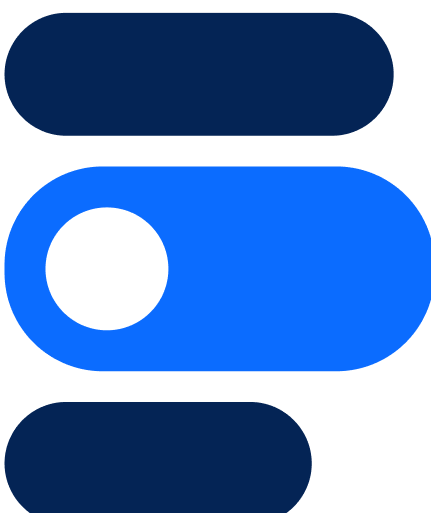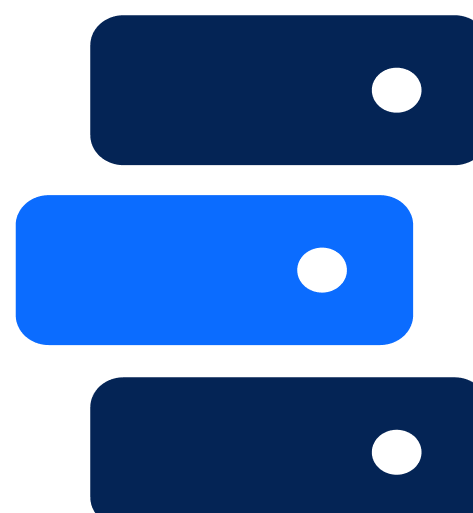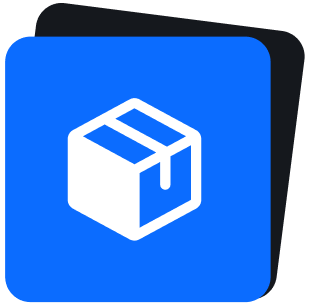Getting Started
Introduction to AccelByte Gaming Services (AGS)

Backend Services
Skip boring dev work with plug-and-play systems for 80% of your game’s backend

Backend Customization
Build 20% of the backend that makes your game unique without managing it

Server Orchestration
Automate spinning up and scaling servers globally for smooth, low-latency sessions

Build Distribution
Deliver builds faster to testers worldwide so you can ship multiple times a day

Crash Reporting
Catch and fix bugs before players see with real-time crash data and full context

Tools & Utilities
Monitor gameplay, test your setup, and tweak your game without juggling external tools
Introduction to AccelByte Gaming Services (AGS)
Learn to use AGS with our demo game "Byte Wars"
Connect and get support with other members of the AccelByte Community
Submit and review tickets while directly connecting with AccelByte
Join our Discord for support, insights, and networking!

Smart Builds is a revolutionary feature of AccelByte Development Toolkit (ADT)’s build distribution functionality that enables developers to quickly and efficiently distribute only incremental changes between builds instead of full builds.
Unlike most incremental build distribution methods, Smart Builds does not use a binary diffing approach but instead performs what we call ‘content aware’ diffing. What this means is that you get much smaller, much faster differentials between any two builds than is possible with binary diffing or other common methods. This not only saves developer time but also significantly cuts costs. Our ultimate goal with Smart Builds is to make it an industry standard for build distribution and an indispensable part of every game developer's toolbox.
We initially launched the beta version of Smart Builds back in Q2 2023 and since then we’ve been steadily improving it. During the beta we’ve been listening to customers and have accumulated a lot of great feedback on usability, performance and reliability. We realized that some of this feedback could not be delivered with small incremental improvements but rather needed a more comprehensive rework of some parts of the system. Driven by this feedback we decided to invest the time to make these changes and take Smart Builds to the next level in performance and reliability. We are excited to finally share these improvements.
The latest version of Smart Builds containing all these improvements is now available in the newest version of ADT (2024.4). Existing customers will get this as an automatic update on October 24, 2024. If you’ve never tried ADT, you can sign up for a 30 day trial.
Reliability
When distributing builds there is nothing more important than reliability. While Smart Builds was over 99.9% reliable we were unhappy that some customers observed infrequent and inconsistent build integrity failures.
Investigating these issues was challenging due to the variability of network conditions, build composition and local machine configurations. We collected a lot of data points and eventually we identified the following areas that needed to be improved:
To build further robustness into the system we made the following changes:
With these changes in all our testing on the newest version of Smart Builds we have not seen a single integrity failure so far.
Performance
Smart Builds pushes memory, disc and bandwidth to the limits at different parts of the process. This means that depending on build composition and local configuration, bottlenecks can occur at different stages. To better understand the improvements we made, it’s useful to know that downloading a Smart Build is composed of three main steps:
We systematically focused on each step using different setups to identify these bottlenecks and reduce them as much as possible.
Improvements to preparing
Preparing took an excessive amount of time, ranging from 1 to 3 minutes. This was caused by two factors:
We made two key changes:
Cumulatively these changes showed a 10-20x improvement in the preparing process to the point that it is now negligible in time (see images below).
 Result from Unreal Engine 5 build with build size: 5.39 GB
Result from Unreal Engine 5 build with build size: 5.39 GB
Improvements to downloading
Downloading consists of downloading the actual changed files as well as introducing them into the local cache. We identified a number of areas for improvement:
To improve these, we:
Overall this led to much more efficient use of the available bandwidth as well as fewer cache misses.

End-to-end Download to Play time comparison of a 5 GB build on a 45 Mbps connection.
Existing customers will get improved Smart Builds as an automatic update on 24th October. If you’ve never tried ADT, you can sign up for a 30 day trial.
The end result of these extensive changes is almost a Smart Builds v2 and delivers a much faster and more reliable experience. We look forward to seeing developers use it and continuing to improve Smart Builds into the future.
Reach out to the AccelByte team to learn more.